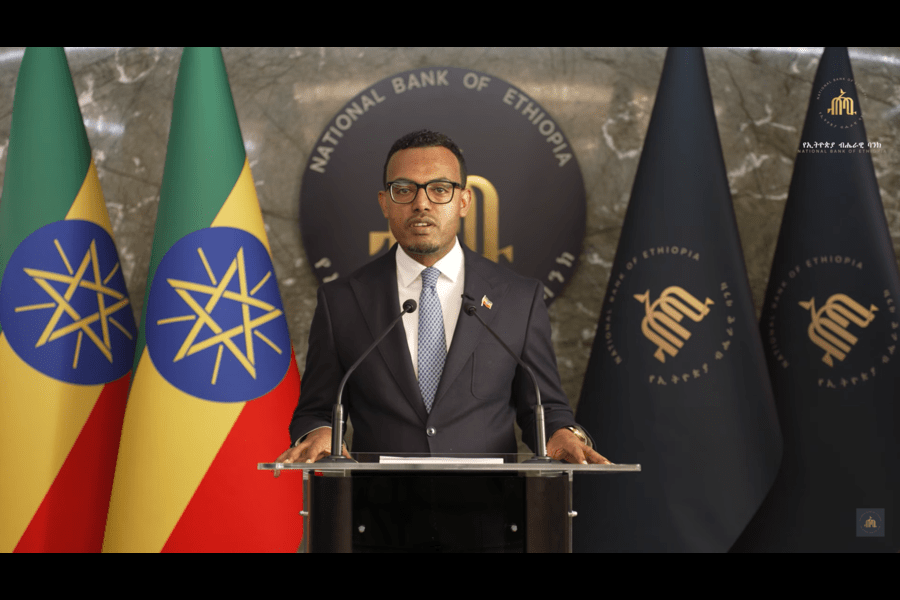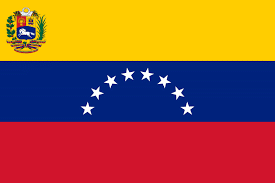In a landmark move towards economic reform, Ethiopia recently decided to float its currency, the Ethiopian birr (ETB). This decision is part of a broader strategy to address economic challenges, improve foreign exchange reserves, boost exports, and attract foreign investment. This article examines Ethiopia’s rationale and initial outcomes of this policy shift, supported by insights from the experiences of Uzbekistan, Argentina, and Venezuela, which have undergone similar transitions.
Ethiopia’s Move to Float the Birr

On July 29, Ethiopia officially floated the birr as part of an agreement with the International Monetary Fund (IMF) to unlock much-needed financial support, including an immediate disbursement of USD 1 billion. Prime Minister Abiy Ahmed defended this decision amidst rising inflation concerns, emphasising that the currency float is crucial for economic stabilisation and growth. The Ethiopian government aims to align the birr’s value with market realities, thereby reducing black market currency trading and attracting foreign investment. However, this move comes with inherent risks, particularly in terms of short-term economic volatility and inflation.
Short-Term Effects in Ethiopia
Currency Devaluation: The birr has experienced significant devaluation, which aligns its official rate closer to the black-market rate. This devaluation has immediate implications for the cost of imports and overall inflation.
Inflation Concerns: As import prices rise, inflation has become a pressing concern. The Ethiopian government must manage inflation to protect consumers and businesses from price shocks.
Market Confidence: Initial reactions from businesses and the public are mixed, with some scepticism about the benefits of the float. Effective communication from the government is essential to build and maintain market confidence.
Long-Term Prospects for Ethiopia
Economic Integration: By floating the birr, Ethiopia aims to better integrate with global markets, which can facilitate trade and attract foreign direct investment.
Monetary Policy Flexibility: A floating currency provides the Ethiopian central bank with greater flexibility in monetary policy, enabling more effective management of inflation and economic growth.
Export Competitiveness: The devaluation of the birr can make Ethiopian exports more competitive, potentially improving the trade balance and supporting economic growth.
Experience of other countries
To better understand the implications of this transition, it is insightful to look at the experiences of other countries that have undergone similar currency reforms. The cases of Uzbekistan, Argentina, and Venezuela offer valuable lessons that can guide Ethiopia in navigating the complexities of a floating exchange rate system.
Insights from Uzbekistan
Uzbekistan adopted a managed float for its currency, the Uzbekistani som (UZS), in September 2017 as part of broader economic reforms. The initial devaluation aligned the som’s official rate closer to the black-market rate, leading to a spike in inflation. However, clear communication from the government helped stabilise market expectations. Over time, the floating exchange rate facilitated better economic integration with global markets, encouraging trade and foreign investment. Uzbekistan gained greater monetary policy flexibility, improving the management of inflation and economic growth. Despite these gains, controlling inflation and implementing ongoing structural reforms remain challenges.
Lesson for Ethiopia: A gradual and managed approach to currency floating, supported by clear government communication and complementary economic policies, can help mitigate initial shocks and build market confidence.
Insights from Argentina
Argentina’s move to a free-floating exchange rate for its currency, the Argentine peso (ARS), in December 2015 under President Mauricio Macri’s government led to a sharp devaluation and a significant increase in inflation. While the move initially restored some market confidence, Argentina continued to struggle with economic instability. Recurrent high inflation and currency depreciation have contributed to a severe debt crisis, necessitating frequent negotiations with the International Monetary Fund (IMF). Although the peso’s devaluation made exports more competitive, ongoing instability and lack of investor confidence have offset these gains.
Lesson for Ethiopia: Consistent economic policies, effective inflation control, and sustainable debt management practices are crucial to avoid economic volatility and build long-term investor confidence.
Insights from Venezuela
Venezuela’s chaotic transition to a floating exchange rate system in February 2018, heavily managed by the government, resulted in hyperinflation and economic collapse. The extreme devaluation of the Venezuelan bolívar led to severe shortages of basic goods and services, with confidence in the currency plummeting. This economic crisis has resulted in a mass exodus of Venezuelans seeking better opportunities abroad, and many transactions within the country have shifted to the U.S. dollar as a means of preserving value.
Lesson for Ethiopia: Effective and responsible economic management, political stability, and comprehensive structural reforms are essential to prevent catastrophic economic outcomes and restore currency value.
Ethiopia’s decision to float the birr represents a significant step towards economic modernization and integration with the global economy. While the transition may bring short-term challenges such as increased volatility and inflation, the long-term benefits include greater economic adjustment capacity, monetary policy flexibility, and improved competitiveness. The experiences of Uzbekistan, Argentina, and Venezuela provide valuable lessons. Ethiopia can navigate the shift to a floating currency successfully by adopting a well-planned transition, establishing robust policy frameworks, maintaining transparent communication, and addressing structural economic challenges. These measures will be critical for achieving long-term economic stability and growth.




